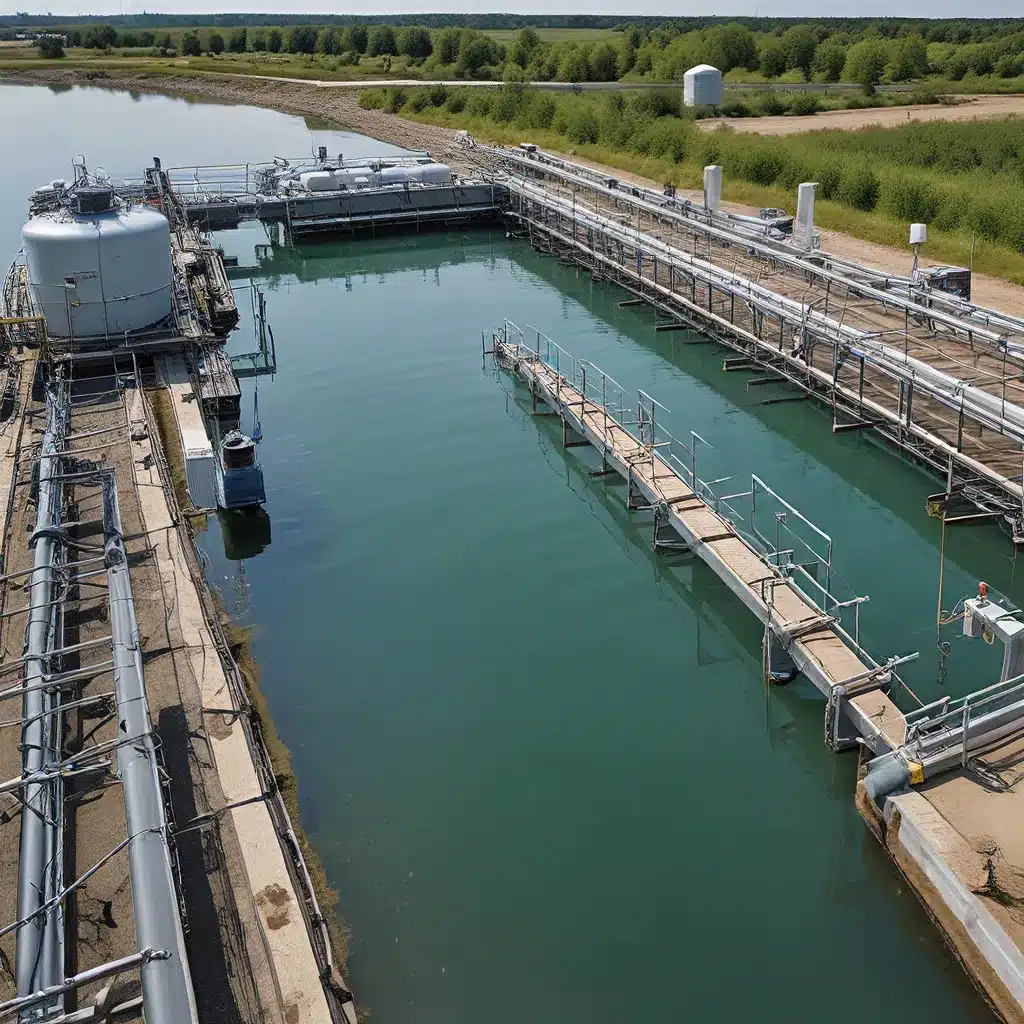
The Quest for Wastewater Reinvention
Imagine a world where every drop of water tells a story of transformation and hope. That’s the reality emerging as we dive headfirst into the future of water treatment and reuse. Gone are the days when treating wastewater was just about removing visible impurities. Today, it involves cutting-edge tech quietly working its magic, not only purifying water but also ensuring our planet breathes a little easier.
Who would have thought that managing wastewater could spark such excitement and be pivotal to our very existence? Every time we turn on a tap, flush the toilet, or let water run down the drain, we’re part of a cycle that impacts our planet more than most of us realize. Wastewater treatment isn’t just about making water less polluted – it’s about protecting our rivers and oceans, ensuring wildlife thrives, and keeping ourselves healthy.
Emerging Trends Reshape the Landscape
In this dynamic landscape, innovative solutions in wastewater treatment have become an imperative, transcending local concerns to address a pressing global need. As the world grapples with population growth, urbanization, and industrial expansion, the strain on water supplies intensifies, posing a threat to both human health and ecosystem sustainability.
Recent insights from industry experts have shed light on the major trends shaping the future of industrial wastewater treatment. From the quest for Zero Liquid Discharge (ZLD) to the pursuit of net-positive water balance, these emerging practices are redefining the way we approach wastewater management.
The Quest for Zero Liquid Discharge (ZLD)
Over the past two years, we’ve witnessed a significant surge in requests for high recovery systems and ZLD, particularly from the semiconductor industry. This heightened demand is a direct response to regulatory pressures, as these companies seek to mitigate the risk of disposing waste that contains hazardous materials like PFAS. By implementing ZLD, they not only leverage established technologies but also ensure the production of clean water – a critical element in their manufacturing processes.
Striving for Net-Positive Water Balance
Another emerging trend involves companies aspiring to enhance their water balance, striving to achieve a net-positive status in water consumption. Opting for high recovery solutions becomes pivotal in this pursuit, as it enables them to intake less water while extracting a greater volume than conventional processes. This approach not only minimizes liquid discharge but also promotes the recovery of municipal and industrial effluent streams, contributing to the generation of clean water for reuse.
Tackling the Brine Dilemma
The brine factor serves as a significant catalyst for wastewater innovation. Numerous industrial operations situated far from the sea encounter challenges in dealing with brine, as disposing it into lakes, rivers, or reservoirs isn’t a viable option. In 2024, we’re likely to see more plants exploring technological solutions for brine minimization and treatment, effectively addressing these disposal challenges.
Overcoming the Illusive Price of Water
In various regions globally, including certain sections of the U.S. and numerous areas in Europe, the cost of water remains relatively inexpensive and is often disconnected from its actual market value. Consequently, numerous facilities or processes that have substantial water requirements and could potentially benefit from water treatment solutions are not actively seeking such solutions, opting to procure their water intake at lower tariffs. However, with the ongoing global climate crisis and the resultant strain on water resources, there is an anticipation that even these water-secure territories will eventually reconsider their approach and become more open to adopting new technologies.
Confronting the Threat of Forever Chemicals
The proliferation of PFAS regulations is a growing concern, necessitating industrial operations to embrace high recovery solutions. Membrane-based solutions such as reverse osmosis (RO) have emerged as particularly effective in addressing this challenge, demonstrating their capability to concentrate PFAS from water sources and subsequently eliminate them. As regulatory scrutiny intensifies, the adoption of high recovery and membrane-based wastewater treatment solutions will become imperative for industries seeking to uphold environmental standards and safeguard public health.
Sustainability: A Quest for Excellence
Integrating sustainability goals and ESG principles into corporate strategies is no longer an option but a fundamental necessity for organizations striving to thrive in 2024. Through comprehensive research, development, and innovative thinking, industry leaders are steadfastly committed to developing environmental solutions that cater to the ever-growing needs of the sector. These initiatives span a diverse range, encompassing solutions that harness green energy sources, pioneering on-site chemical production from seawater, and advancing carbon capture technologies.
Emerging Technologies: Unlocking the Future
As the pursuit of higher wastewater recovery becomes more challenging, it necessitates the development of advanced equipment, primarily in the form of membranes that are not only durable and energy-efficient but also constructed from different polymers capable of operating effectively in high-fouling conditions. Furthermore, significant advancements in system control, data analysis, and automation are anticipated, as the wastewater treatment plant generates a substantial amount of data that can be harnessed to construct sophisticated models for enhanced operational efficiency and effectiveness.
Wastewater Treatment: The Key to a Sustainable Future
Wastewater treatment exemplifies a harmonious balance between human development and environmental preservation, emphasizing the critical importance of adopting cutting-edge technologies and sustainable practices. In this dynamic landscape, the quest for innovative wastewater treatment solutions is more than a scientific endeavor – it’s a collective responsibility to safeguard our precious water resources and forge a sustainable future for generations to come.
At Inland Waters Inc., we navigate the complexities of wastewater treatment, working hand in hand with our customers to not only meet the challenges of today but also contribute to a sustainable tomorrow. Join us on this exhilarating journey as we dive into the future, where every drop of water tells a story of transformation and hope.


